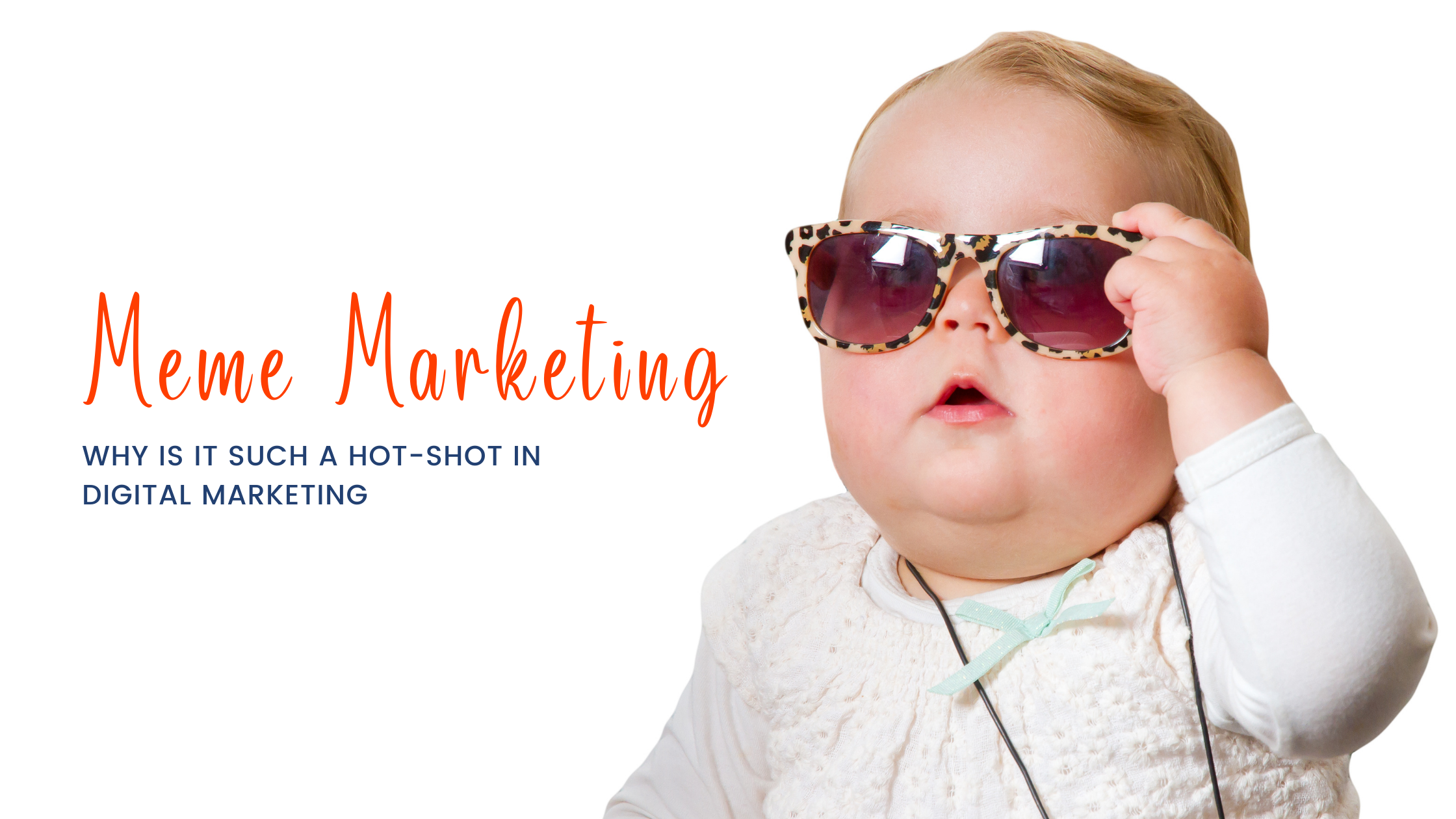Table of Contents
A little history on memes, before we move forward to meme marketing. Richard Dawkins, a British Biologist and an author, was the first to coin the term “meme” in 1976. Richard proposed that virality didn’t just apply to infectious diseases, but was applicable in anthropological settings as well. He defined meme as a shareable cultural artifact that spreads through a culture like a wildfire.
Today, after almost four decades, memes have become an integral part of our everyday lives, and they are no longer just mere artifacts but have become a new language of day-to-day conversations.
What Makes Memes So Special?
Every time we scroll through social media, our newsfeed is full of memes from funny cat videos to smartly put meme marketing posts.
But what makes memes so special and why are we so addicted to them?
It is hard to imagine our digital lives today without memes, but believe it or not, the term meme has its roots in the Greek language, which means “that which is imitated”, and imitated they are.
The thing that makes memes so special is their way of communicating attitudes, feelings and situations with minimal texts. Today, all you have to do is follow a couple of meme pages and you have all the information you need about anything and everything about Politics, Cryptocurrency, Movies, relatable content, trolling, opinions and many more within a few minutes.
Because of their popularity, it comes as no surprise that brands want a piece of this pie. This has given rise to the new trend of meme marketing.
What is Meme Marketing?
Meme Marketing is the art of taking your brand narrative and making it into a meme and then getting such memes seeded on social media through the Meme Community. The meme community is a group of meme experts who create/curate Memes in different forms. They act as the source of Meme consumption for internet users. This community includes famous Meme Influencers like Akshar Pathak to Twitter Users with followers starting from a couple of thousands to millions. They post random tweets about their life that are funny enough to be picked by Meme Pages with million+ of Followers.
Advantages of Meme Marketing
So how exactly can meme marketing help your brand?
Studies have shown that an average millennial spends around 200 minutes on social media every day and social media newsfeeds are anything but memes. So, can you imagine the kind of traffic your brand can attract if your meme gets viral?
Once your meme catches the attention of the Gen Zers, it is like it gets a life of its own. You don’t have to worry about promoting it and pushing it on different platforms as social media allows them to share it among different groups and as Richard Dawkins proposed back in 1976, your brand spreads like wildfire.
Is there a Downside to Meme Marketing
Now that we have understood what meme marketing is and how it can help you promote your business, let us understand if it can have a negative impact on it.
The downside to meme marketing is that a lot of times it has very low engagement and one of the primary reasons behind it is that Gen Z is very ad-averse. They often tend to skip over-commercialized content to get to their normal programming. One of the best examples of this is skipping YouTube ads.
But this doesn’t mean that meme marketing is a complete failure, in fact when done the right way, it has proven to be one of the most successful tactics in the history of marketing.
So, what is the Right Way to do Meme Marketing?
Meme marketing is like a double-edged sword, if done the right way it can quickly make you trending but a small error and you are down the long line of marketing blunders.
So, what is the right way to do it?
Well, to be honest, there isn’t a rule book on how to do meme marketing, but there are a few things to keep in mind before you jump on the meme marketing wagon!
- What’s Trending
It’s safer to use the meme template that is already trending than to come up with a meme template of your own during the early days of your meme marketing. This way, your brand gets a better audience.
Once your brand’s social media presence is well established you can always explore new avenues and come up with your own templates.
- Native Narrative
Study the market for which you are making your brand’s meme and then make sure it is in sync with the native language and culture. This has proven to be more easily accepted by the masses.
- Relatable is the New Acceptable
There are thousands of brands that post millions of memes every day as a part of their meme marketing campaigns. To make sure that you don’t get lost in this crowd, study your targeted audience and make sure that the content you are using to make your memes are relatable for them. In this golden age of technology and social media, memes are no longer just a means of entertainment for college kids and bored office employees. Memes have evolved as an essential part of brand marketing. Their ability to convey brand narratives with minimal texts has made meme marketing a key asset for any brand’s marketing strategy.



